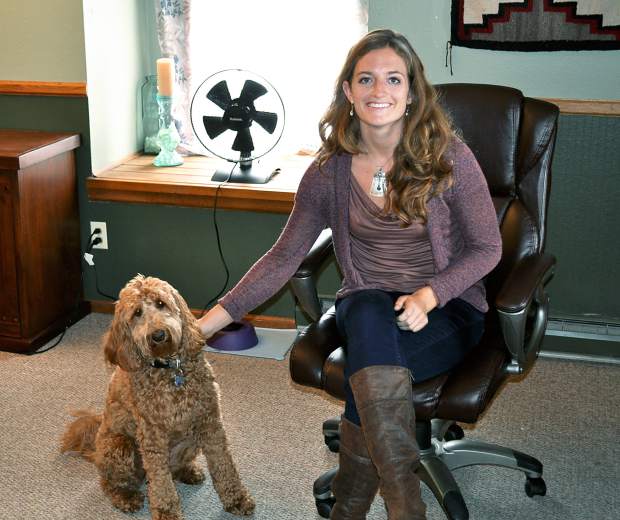Helping News February, 2016 Issue 92
Animal Therapy Can Ease College Stress
By Rick Nauert PhD
Researchers found a 60 percent decrease in self-reported anxiety and loneliness symptoms among college students following animal-assisted therapy.
The study by investigators at Georgia State University, Idaho State University and Savannah College of Art and Design is published in the Journal of Creativity in Mental Health.
For the study, researchers provided animal-assisted therapy to 55 students in a group setting at a small arts college in the Southeast. The therapy included use of a registered therapy dog under the supervision of a licensed mental health practitioner.
Eighty-four percent of the participants reported their interaction with the therapy dog, Sophie, was the most significant part of the program.
The group sessions were held twice monthly during an academic quarter. Students were invited to stop by and interact with the therapy dog as long as they wished, up to two hours.They were allowed to pet, hug, feed, brush, draw, photograph, sit near, and play fetch with the therapy dog.
Dr. Leslie Stewart of Idaho State University, who led the study, began the research as a Ph.D. student at Georgia State. She collaborated with Drs. Franco Dispenza, Lindy Parker, and Catherine Chang of Georgia State and Taffey Cunnien of Savannah College of Art and Design.
College can be an intense environment with social pressures mirroring the real world. The stress often takes a toll on students.
The additional prevalence of anxiety and loneliness on college campuses has placed extra demands on college counseling centers.
Researchers note that budget limitations have made it necessary for these centers to find creative ways to meet the needs of their students.
This study suggests animal-assisted therapy could be an effective way for college counseling centers to meet the growing demands of their students.
It is one of the first to apply animal-assisted therapy in a group, college setting, and use a systematic form of measurement.
“College counseling centers are also becoming more and more reflective of community mental health agencies,” Dispenza said.
“That’s something that’s been noted in the field in probably the last 10 to 15 years. College counseling centers aren’t seeing students struggling with academics, which major to pick or how to study.
“They’re coming in with post-traumatic stress disorder, anxiety disorders, pervasive mood disorders, and considerable contextual strains that are happening out in the world, such as poverty and experiences of homelessness, as well as a history of medical issues and family health issues.”
Dogs can be ideal therapy animals because they are thoroughly domesticated. They also seem to be able to read emotional cues. For instance, a dog can tell when a human is sad, Dispenza said.
“The presence of a therapy dog facilitates a therapeutic connection between the client and the mental health professional,” Parker said.
“When you’re trying to do mental health work with someone, establishing that therapeutic relationship and rapport is so important. Any way to do it faster or more effectively only helps facilitate the therapeutic process.”
Source: Georgia State University
More information coming...


